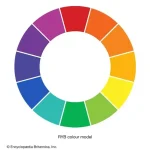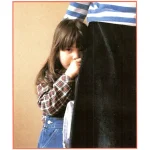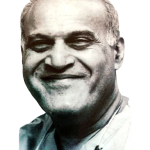
Phad: a blend of performance and visual arts
As a student, I passed a replica of Pabuji’s paintings as I sprinted down the verandah to catch my bus to university. Unless I was in a hurry, I had to stop and stare. They were not royal, but they had a majesty about them which was hard to explain. While each one is culturally significant, Phad paintings of Rajasthan stand out for their unique historic origins and the huge effort being made to revive them for posterity.
A seven-hundred-year-old legacy passed down over generations within a single family, Phad finds its origins in Shahpura, near Bhilwara, Rajasthan. Phad is painted on horizontal scrolls of cloth with natural colours that narrates elaborate religious stories of local deities and Gods. Created as travelling or mobile temples, these traditional paintings were carried by priest-singers of the Rabari tribe, called Bhopas and Bhopis, who would sing and perform stories of their local deities – Devnarayanji (a reincarnation of Vishnu) and Pabuji (a local hero). It was explained that the Phad painting would be unrolled or unfolded around sunset and the performance in front of the village would last late into the night. That is perhaps why the paintings are called ‘Phad’ which means “fold” in the local dialect.
“Creating a Phad is an act of devotion even as it is an art form. We commence our work with a prayer. Handwoven cloth is soaked overnight so that the threads get thicker. It is then starched, burnished for a smooth and shiny surface and then the Phad painter draws the entire narrative spanning the life of the deity on this canvas,” says Kalyan Joshi, who belongs to the 30th generation of the family that has been engaged with the artform. For centuries the art form was confined to the Joshi family, but Srilal Joshi made it accessible by establishing Joshi Kala Kunj, now called Chitrashala, in 1960 for artists from a wide spectrum to learn the essence of Phad paintings. “Until my generation, daughters were not allowed to learn this art form, only daughters-in-law were, so that it could stay limited to the family, but my daughter has broken that tradition and is the first in the family to learn it,” says Kalyan Joshi.
In the villages of Bhilwara, the group carries the tightly-rolled Phad on their shoulders, selects their spot and settles down for the night. The priest picks up the lamp and narrates the heroics of Pabuji, the local deity revered by the Gujjar community of travelling herders, using the Phad paintings. The villagers watch in awe and re-live part of their childhood. There is a set pattern and colour scheme of the characters in a Phad, and it is crowded with figures, but they are harmoniously distributed all over the area. The scale of figure depends on the social status of the character and role in the story. A unique feature of Phad paintings is that the construction of the figures are flat and, except the villain, the figures do not face the audience but face each other instead.
The traditional Phads only depicted stories of Pabuji and Devnarayanji but were revered only by the Gujjars, so the Bhopas started commissioning painting scenes from the Ramayana, the Mahabharata, the Durga Saptashati, as they were revered by others. “We read the sacred texts and then paint the scenes, keeping techniques of the traditional artform alive,” says Joshi. The most important detail in the paintings is added last – the eyes. Once the main deity’s eyes are painted, the artwork comes to life.




